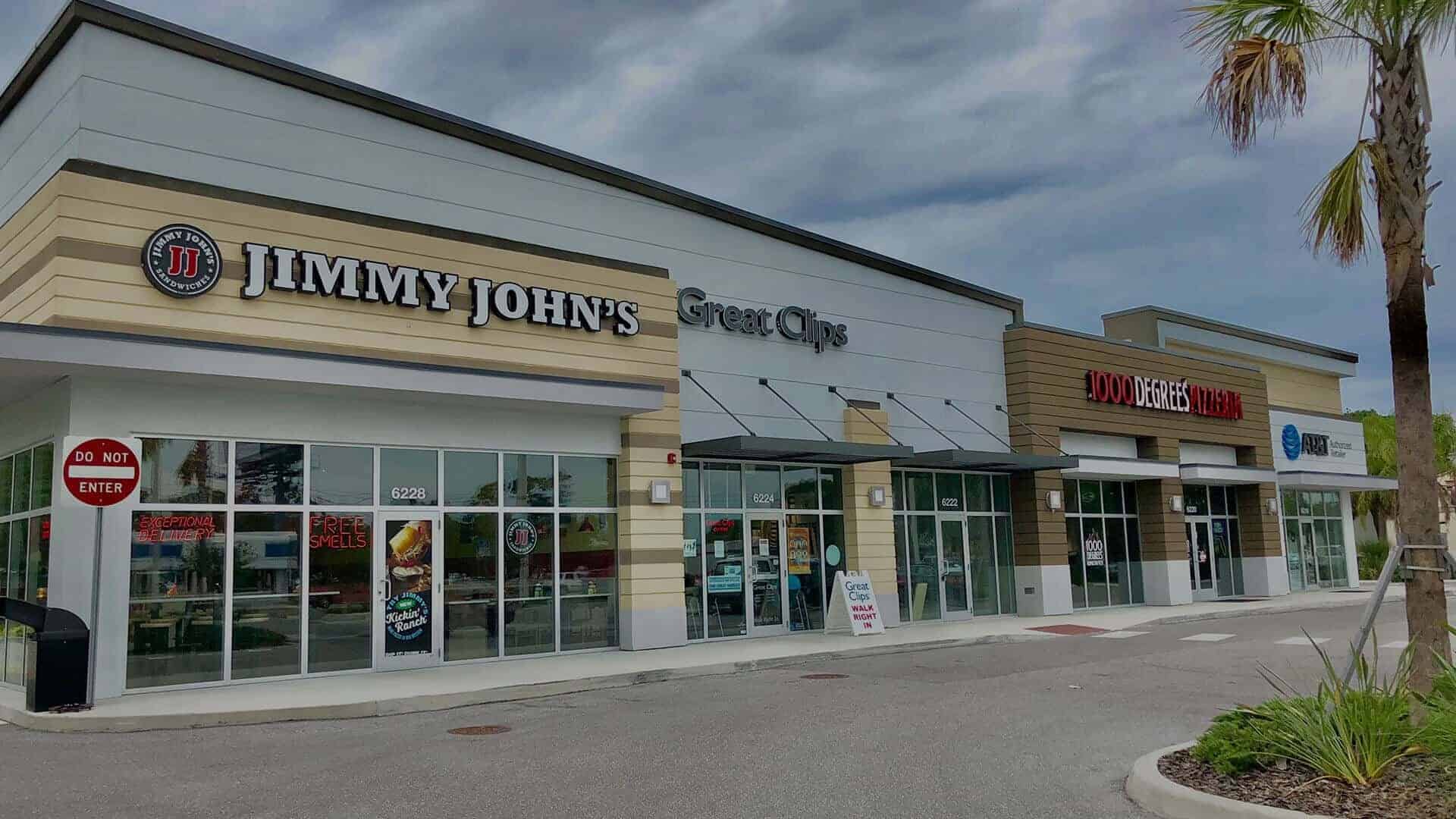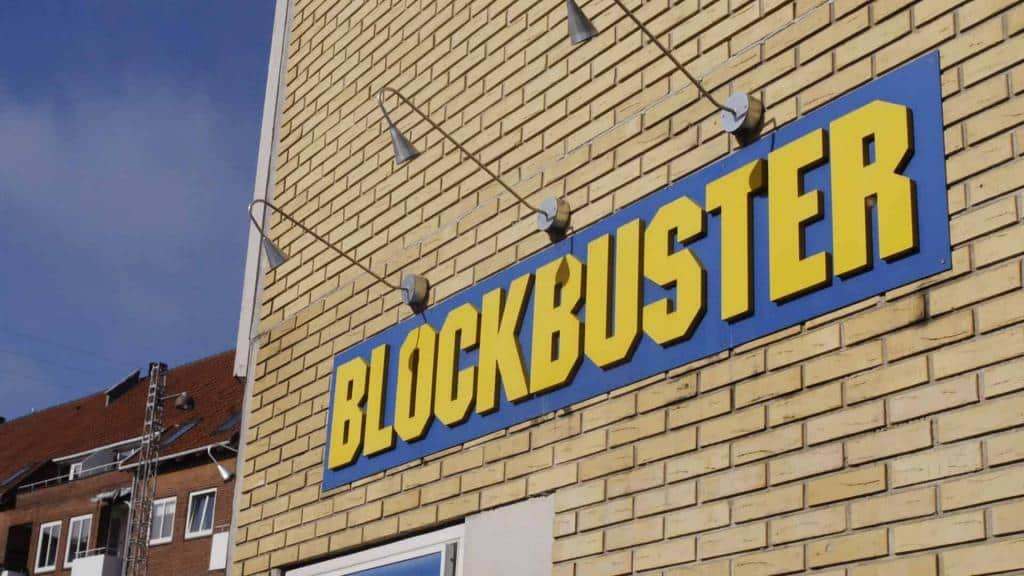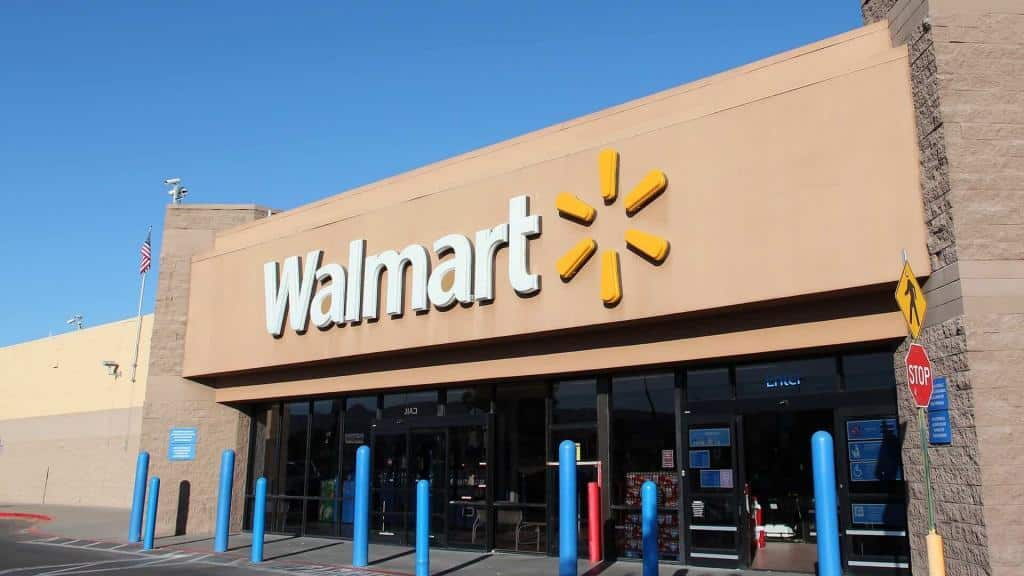The mall landscape has undergone two significant transactions, which finalized in 2018. Brookfield Properties acquired GGP for $15 billion, and Unibail-Rodamco purchased Westfield for $22 billion.The 80% of U.S. malls that are owned by publicly traded REITs with the top 4 malls owners in the US, measured by the total value of their owned or controlled portfolios, are Simon (110 malls, $49 billion), Brookfield (152 malls, $42 billion), Macerich (46 malls, $15.7 billion) and URW (49 malls, $15.6 billion), according to Green Street. Malls today are not dying, they are actually evolving. The owners of mall assets that look to invest significant capital and reposition their investments to create an engaging customer experience will thrive in the future.
Mall owners are analyzing their portfolio of retail assets, investing in their winners (Class A assets). and considering long term alternative plans for their lower performers (Class B assets). Macerich announced plans to maximize its real estate portfolio and will look to redevelop Fashion District Philadelphia, Los Angeles Premium Outlets, and Scottsdale Arizona Fashion Square. Macerich is also making progress with the Sears vacancies within its portfolio and anticipates spending over $300 million over the next five years to redevelop 21 Sears boxes. Brookfield Properties is currently redeveloping 12 of their assets with another 20 to 25 more on their drawing board. Simon is also investing significant capital and has spent about seven billion since 2012 on developments or redevelopments with an additional five billion of value in their pipeline.
The mall asset is no longer a one size fits all. Each property needs to tailor a strategy to fit within the community of which it is located. The retail assets that are set up to create experiences that cannot be replicated online will be the ones to thrive moving into the future.








About The Author: Jeff Dervech
More posts by Jeff Dervech